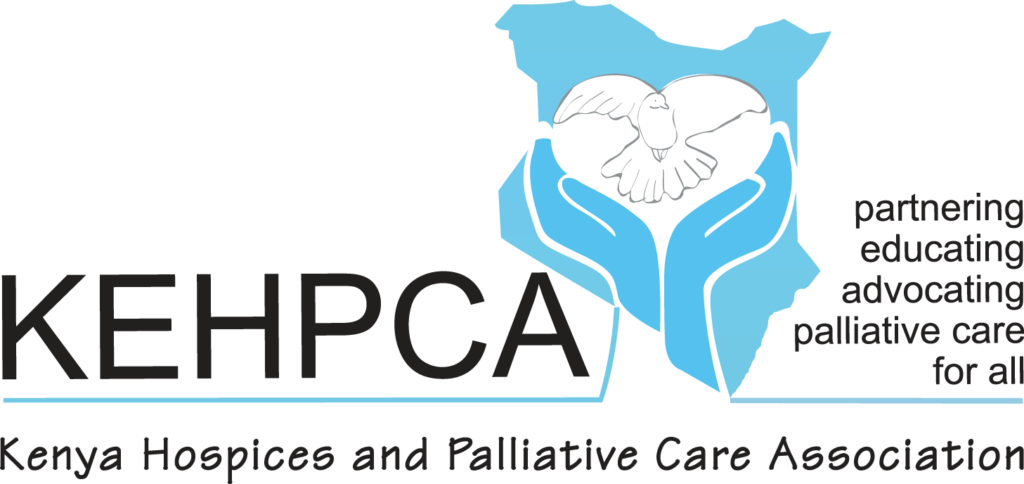Use palliative care to mitigate suffering among people with complex illnesses

By Winfridah Muthee
Since the Covid-19 Pandemic hit the entire world, there has been uncertainty of people’s livelihood and way of life.
Many people have succumbed to Covid-19 especially those with underlying illnesses or the terminally ill because they are more prone to frequent infections since their immune system is weak making them immunocompromised.
Palliative care is specialized medical care for people living with a serious illness. This type of care is focused on providing relief from the symptoms and stress of the illness. The goal is to improve quality of life for both the patient and the family.
Both palliative care and hospice care provide comfort. But palliative care can begin at diagnosis, and at the same time as treatment. Hospice care begins after treatment of the disease is stopped and when it is clear that the person is not going to survive the illness
Hospices can provide care for anyone with a terminal illness, sometimes from the time they receive a terminal diagnosis. Hospice care is free, so you don’t have to pay for it. Hospices provide nursing and medical care while also offering social, practical, emotional and spiritual support.
Palliative care relieves suffering and improves quality of life for people of any age and at any stage in a serious illness, whether that illness is curable, chronic, or life-threatening.
It is estimated that only approximately 6 percent of all palliative care services are located in Asia and Africa, the regions where the majority of the world’s population lives and dies.
Since the opening of Nairobi Hospice in 1990, there are now over 70 hospices and palliative care centers across Kenya, however the hospices are poorly equipped and operate on very small budgets.
The government of Kenya should therefore take the initiative to fund such centres to provide equal access to quality palliative care for anyone who needs the services across the country.
Kenya Hospices and Palliative Care Association (KEHPCA) advocates for the World Health Organization (WHO) public health model to support the integration of palliative care into existing healthcare services.
Palliative care is recognized as a public health issue with the need for earlier integration in the wider healthcare system. However, research indicates that it continues to be accessed late in the course of an illness, public understanding of palliative care is limited, and common misconceptions prevail. Strategies to address this are needed in order to reduce barriers to palliative care delivery and improve access.
Dyspnea is the medical term for shortness of breath, sometimes described as “air hunger.” It is an uncomfortable feeling. Shortness of breath can range from mild and temporary to serious and long-lasting.
Even though shortness of breath can be caused by factors that aren’t due to underlying diseases, dyspnea is one of the many reasons terminally ill patients frequent emergency departments. This is an indication that a patient is not getting quality care at the end of life.
In many countries, nurses are ill-prepared to provide care to patients with terminal illnesses. Limited education and training affect their ability to deliver proper palliative care
The most commonly held misconception of Palliative care is, that it is exclusively for people who are in their last 6 months of life.
Current knowledge gaps and misconceptions derived from limited personal experiences and fear of engaging in taboo conversations may deter people from accessing integrated palliative care services early in a disease trajectory. Even while we raise awareness, there is a need for educating the public to ease myths and perceptions towards palliative care and death. This will help improve end of life outcomes.
Globally, people are living longer, and many are living with complex, chronic conditions (World Health Organization estimates that by 2060 there will be an 87% increase in the number of people dying with serious health-related suffering, and immediate global action is required to integrate palliative care into health systems.
WHO advocated that palliative care should be considered as a public health issue, with calls for earlier integration of palliative care within the wider healthcare system to improve access and availability
“Each year, an estimated 40 million people are in need of palliative care; 78% of them people live in low- and middle-income countries and worldwide, only about 14% of people who need palliative care currently receive it.’’ WHO offers.
Restrictive regulations for morphine and other essential controlled palliative medicines deny access to adequate palliative care.





